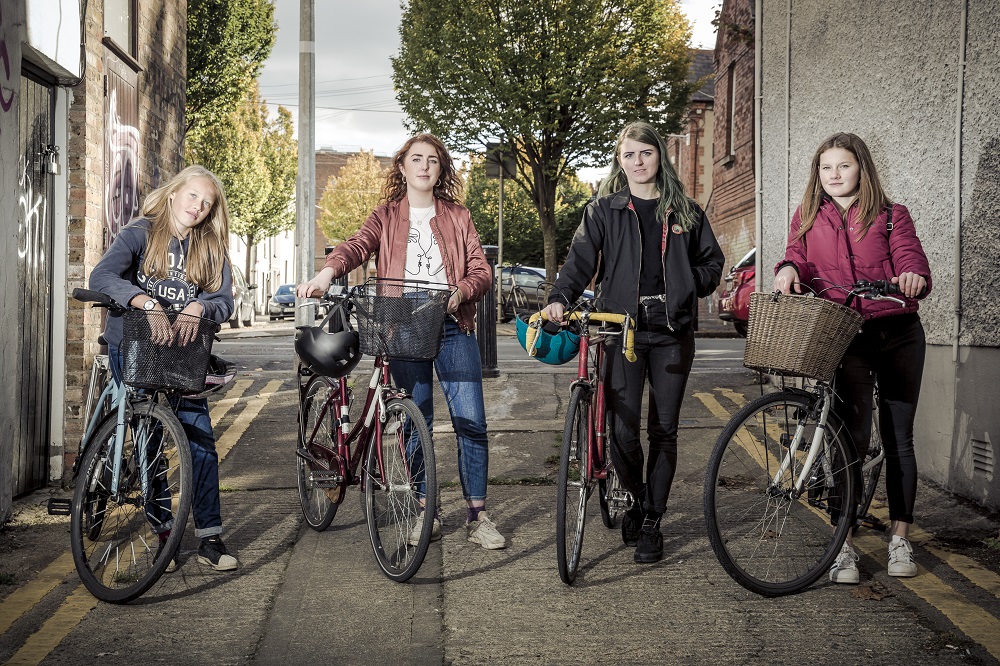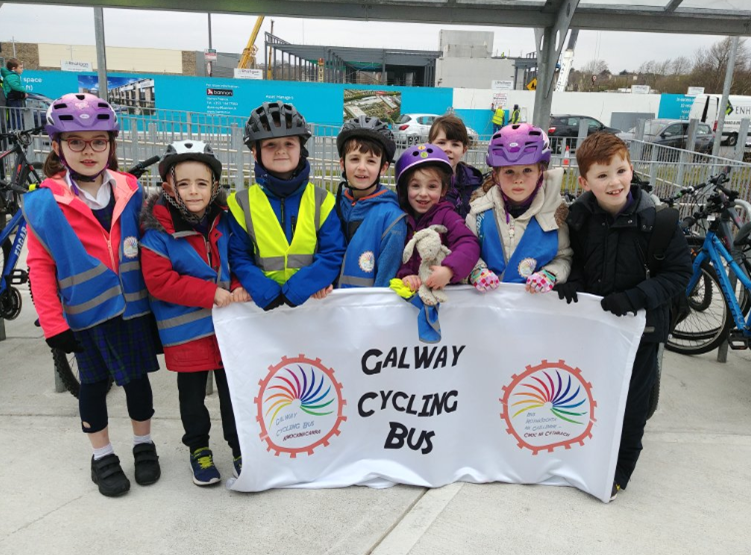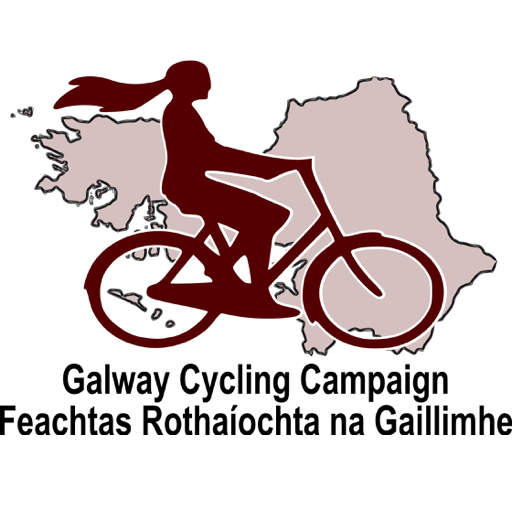Tag: schools
-

Survey / Galway School Bike Count
As part of Bike Week, Galway Cycle Bus and Galway Cycling Campaign have teamed up to do an ambitious yet simple project this week: we’re going to count the number […]
-

Survey / Galway School Bike Count
As part of Bike Week, Galway Cycle Bus and Galway Cycling Campaign have teamed up to do an ambitious yet simple project this week: we’re going to count the number […]
-
‘Crazy’ 80kmph speed limit outside Boleybeg primary school
Locals have expressed concerns over proposals by Galway City Council to set a “crazy” 80kmph speed limit outside the gate of a Galway City primary school. In the draft speed […]
